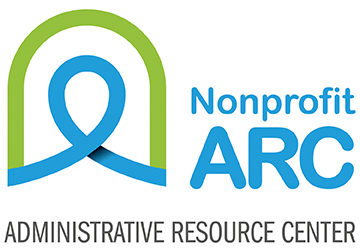
Organizations are deceptively complicated. Just how complicated they are becomes clear whenever a change to an existing process or policy is considered, or when a new process or policy is formulated and implemented. At the center of this phenomena is the essential role of communication, and in a fascinating irony organizations that invest in technology and marketing – brochures, websites, business cards, branding – rarely devote the same resources (sometimes they don’t actually invest any!) to understanding and improving their internal communications. This tendency is even more curious in the context of the nonprofit arena, where the “people” focus is paramount and the “people” expenses often represent 70% or more of the total organizational budget.
Many organizations seem to have adopted a theory of communication (promoted by academics Shannon and Weaver) that essentially depicts the basic purpose of communication as the transmission of information. Communication in organizations is much more complex, and in nonprofits the need to connect with the workforce in service to core constituents makes effective communication even more critical. A counter-perspective and solid argument against viewing communication as simply the transmission of information is offered by Deetz who says that the essence of communication in organizations is to engage the workforce in a collective effort to fulfill on the organization’s promise to its stakeholders.
The lessons that many of us learned as children when we first played the “Telephone Game” are key to an effective internal communication strategy. Within organizations, each additional point of contact that is responsible for communicating a message does so through their own interpretive lens. This is an unavoidable part of the human experience.

The other factor that has become more relevant in our hyper-technological world is the sheer volume of information. Recalling the complications that arose in Star Trek’s “The Trouble with Tribbles,” the proliferation of information – within and beyond the boundaries of organizations – routinely complicates and compromises organizations’ overall operations and effectiveness. Key messages are lost in the barrage of data, and leadership frequently struggles to capture the attention of a workforce overwhelmed and under-supported in their efforts to remember, index and reference key communications.
A focused effort toward understanding how messages are initially constructed and subsequently shared provides two important results: clarity at the outset as to what the message actually is, and support and clarity in the preparation of those being asked to carry that message to others. Similarly, taking stock of the structures and media used in communicating, and intentionally designing those systems and strategies to best support the workforce provides a return on investment in productivity and quality, and in employee engagement.
